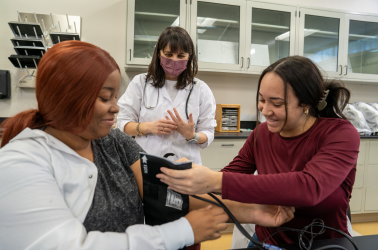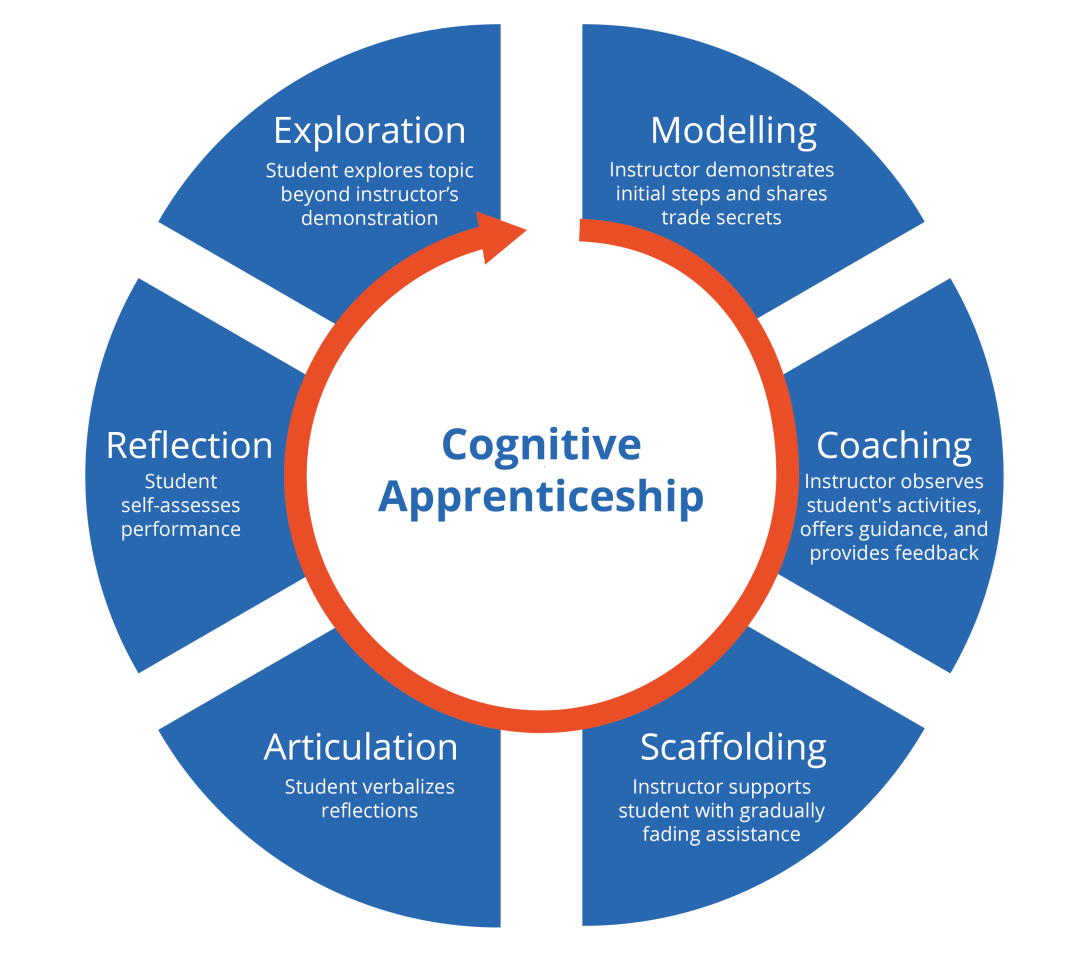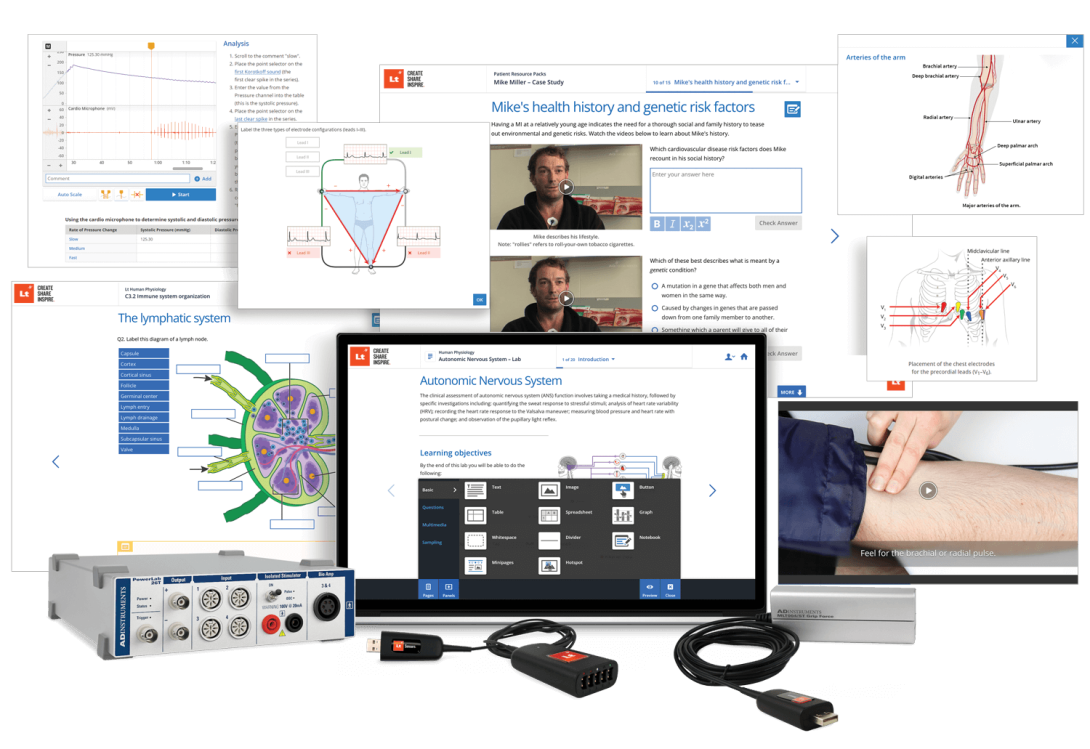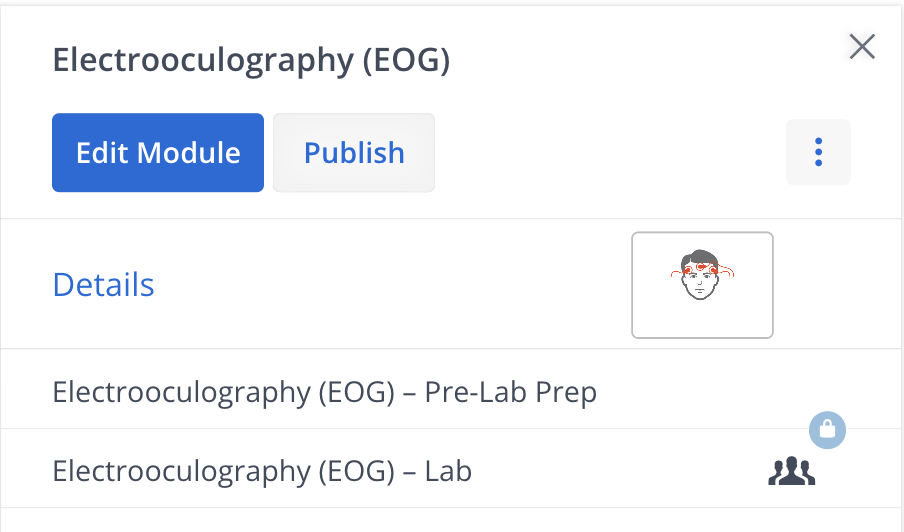Every month our team of Instructional Designers meets for “Talking Teaching” – sessions where we share and discuss interesting articles, methods, and pedagogies. This month, we discussed principles from situated cognition and cognitive apprenticeship.
In this blog, I’d like to discuss why active participation is so important to learning - and how you can apply the cognitive apprenticeship model to in-lab and e-learning.
What is situated cognition?
Situated cognition is an instructional design theory that says that context is crucial and fundamental to learning. It promotes the idea that knowledge and learning are inseparable from the situations, activities, and social interactions in which they occur.
Situated cognition theory
This theory arises from the combined fields of cognitive science and psychology and has changed over time.
The basis of the theory came from the concept of “embodied cognition” in the 1950s, which implied that cognition is a function of the brain influenced by the body’s interactions with the environment.
In the 70s, the idea of “ecological psychology” further emphasized the relationship between the organism and the environment.

Students engage in hands-on learning in the lab environment as their educator watches on.
Distributed cognition in the 80s developed the idea that it is not only the environmental context, but also interpersonal learning within a social group, that aids learning. Finally, situated learning theory in the early 90s concluded that learning is integral to social practice and occurs through participation in authentic activities within a community.
Since the early 90s, the theory has informed several actionable models that incorporate the idea that learning is best facilitated when it occurs in authentic contexts and involves active participation. Some examples of models that apply this theory are:
- cognitive apprenticeship
- community of practice
- problem-based learning, and
- anchored instruction.
These are all strong models, but for this blog, we will look deeper into cognitive apprenticeship.
What is cognitive apprenticeship?
A quote from Confucius provides a good summary of the cognitive apprenticeship model:
“Tell me and I will forget, show me and I may remember; involve me, and I will understand”
As suggested by the name of the model, learners are advised to develop their cognitive and metacognitive skills by learning from (i.e. apprenticing for) an expert in the field.
Cognitive apprenticeship in the classroom
The process of cognitive apprenticeship (as seen in the image below) can be divided into 6 stages.
- The mentor models or demonstrates the applied knowledge in an activity.
- The student is coached through the activity with supervision, guidance, and feedback.
- The mentor should step back as the student works through the task, only offering support when needed, eventually reducing the helpful prompts and directions to nothing.
- After completing the task, some form of reflection and articulation of learning should take place, wherein the student can self-assess and identify areas of concern which indicate they need to attempt the task again.
- Eventually, the model leads the student to exploration, where they are encouraged to explore the topic in greater detail, perhaps more thoroughly than the mentor initially showed.

The stages of the cognitive apprenticeship model. Adapted from https://educationaltechnology.net/cognitive-apprenticeship/
Applying the cognitive apprenticeship model to a lab environment
The principles of the model suit the hands-on nature of a physical lab setting. In a lab, instructors guide students through the experiments, modelling proper techniques and procedures and providing students with real-world context and practical skills. Throughout, the students use data acquisition tools (for example, Lt Sensors and PowerLab) and are given individualized coaching and feedback to troubleshoot issues and clarify concepts.
The structured protocols and questions of the lab scaffold students' learning, enabling them to navigate complex experiments and build confidence in the lab environment. After completing the experiment, the students are often encouraged into seminars and tutorials to articulate and discuss their learnings.
These reflections are often captured in their lab reports: post-lab reflection and evaluation help to connect theory and practice, fostering deeper understanding.
To complete the cycle, students should be encouraged to apply their new knowledge and skills by designing their own experiments, promoting independent inquiry. This hands-on exploration is integral to the cognitive apprenticeship model, preparing students for real-world applications and scientific inquiry.
Applying the cognitive apprenticeship model to e-learning
Apprenticeship is great for one-on-one and in-person teaching due to its reliance on interpersonal interactions - but how can we utilize the model for effective online teaching?
Although online teaching is often done at a distance and asynchronously, each of the model’s key steps can be translated to an online or hybrid environment.
Modelling can easily be done online via instructional videos. It is also possible to provide step-by-step walkthroughs with accompanying images too. The aim is to demonstrate.
Since interaction and feedback are not essential at this stage, it makes it easier to conduct remotely. For an example instructional video, see the one below that shows equipment set up for the Hoffmann's Reflex Lab.
Coaching is a little harder to do online because of the amount of 1:1 interaction that needs to occur. Some coaching can be done through well-structured feedback given alongside preset questions, but this assumes that the student won’t have questions outside of what has been scoped.
Educators should provide an interactive way for students to ask questions outside of the online lesson. For example, setting up an online, asynchronous forum, a regular tutorial session, or virtual office hours.
Scaffolding differs from coaching as it is a little more ‘hands-off’. It is meant to provide temporary support and structure that should gradually fade away as the learner gains confidence.
Scaffolding can be provided by cues, prompts, or organizational frameworks.
For example, you might use progressive questions or assignments that clearly outline the steps and provide resources throughout the process. In Lt, you can group your lessons into modules and set the order in which they must be completed (see above), reflecting this increasing complexity.
Reflection and articulation can be grouped together for the purposes of the online environment. Together, they give the student an opportunity to self-analyze and verbalize the results of the coaching/scaffolding steps. We can scaffold these questions by prompting students to identify the concepts or skills they still struggle with, or to get them to put ideas in their own words to increase retention.
Online, this would mean posing prompting questions that get the student to think. Instead of articulating their thoughts out loud, it would be enough to have them write them out.
- Exploration is the final step in the model and should not be prescribed by the educator. This is where the student can take their new knowledge and see where they can apply it.
Not to be forgotten are two key aspects from the situated cognition theory...
Context: At each of these stages, it will be important to apply real-world context to what the students learn. Where do they come across the concept(s) in everyday life? How can they apply their learnings elsewhere?
Most importantly, new information should be embedded in a local and relevant context where possible. As the educator, it is important to personalize the lessons you create so that they reflect the context of your students.
Social teaching and learning: In an online scenario, it can be easy to set only individual tasks. To avoid this, it’s important to encourage peer reviews and discussion.
Online presentations, tutorials/seminars, online forums, group tasks, and collaborative document editing are easy opportunities for social teaching and learning.
Related: Overcoming group work challenges: a practical approach »
Applying situated cognition and cognitive apprenticeship in Lt
With 900+ lessons and labs in the Lt Content Library, our in-house instructional designers are focused on effective lesson design for positive student outcomes.
Our pre-lab preps (PLPs) help students check their knowledge and understanding before they start the lab. We provide previews of what they will encounter in the lab and what sorts of results they should expect to see.

Engage science students in active learning with Lt.
Our new PLPs (for example, Mechanical and Chemical Digestion, Hoffman's Reflex) are a perfect example of how we prepare students before they are thrown into the real-life (situated) environment of the lab.
Related: Discover the Mechanical and Chemical Digestion Module »
In the lab itself, preparatory questions familiarize students with key concepts before they begin the lab protocols. On the analysis page(s) in recent labs, we use Bloom’s taxonomy to scaffold the depth of their thinking, coaching them toward their own conclusions.
Related: Helping your students to bloom: Fostering higher-level thinking in introductory biology »
Review and Integration pages prompt students to reflect on what they have learned. We include outside-the-lab information that helps them to apply what they have learned to other situations. Higher-order questions encourage students to create their own hypotheses, experiments, or questions, preparing them to explore the subject further.
Conclusion
Whether you’re an experienced teacher or just starting to explore the world of pedagogy, using a conceptual framework when you start designing your course can have a big impact on your lessons. In reflection: How might you incorporate this model of cognitive apprenticeship into your lessons to make them more engaging and impactful?
Related Talking Teaching articles:
How to improve students’ lab report writing »
Engaging remote biology students »
How to format learning objectives to improve student learning »

